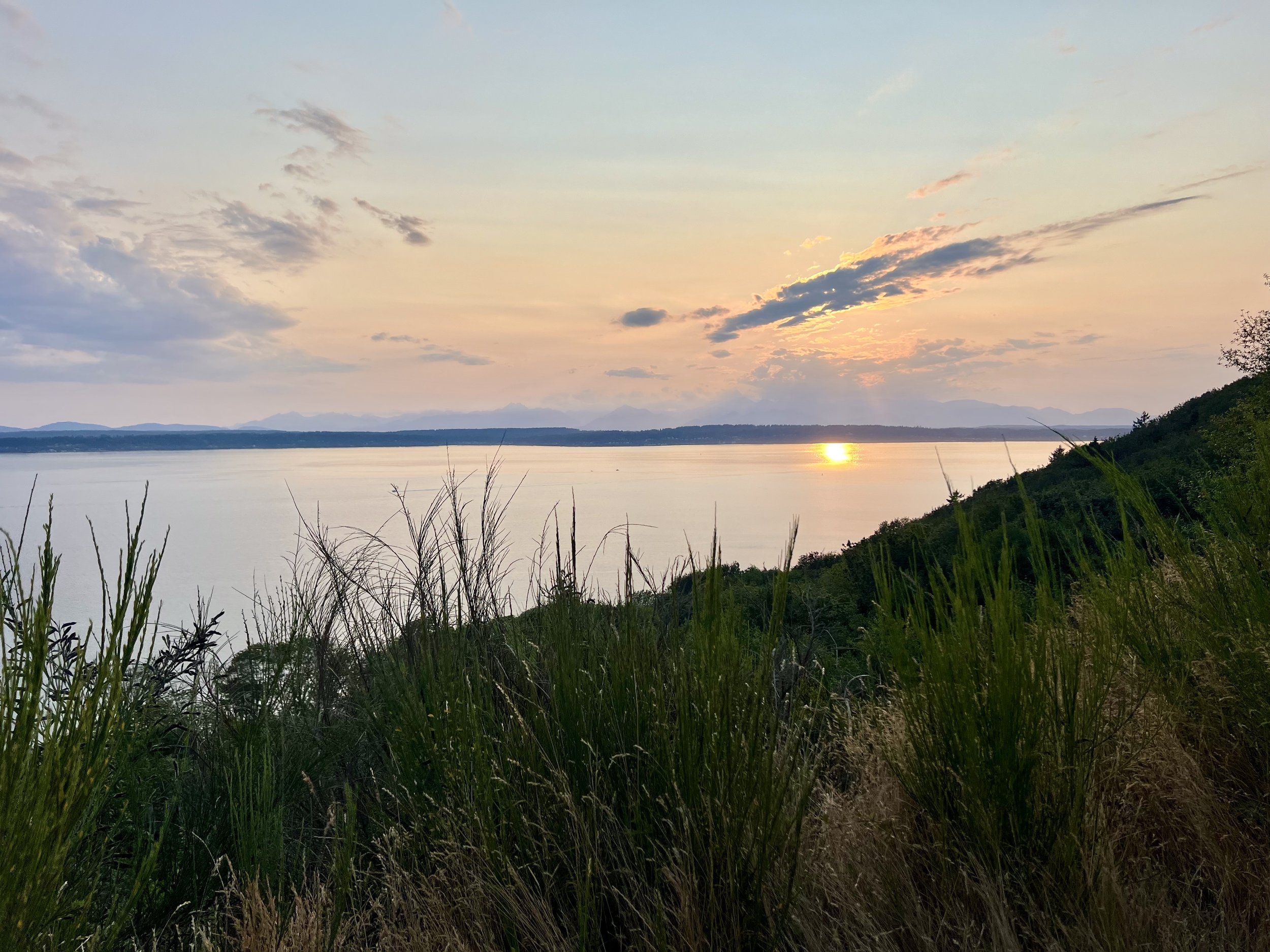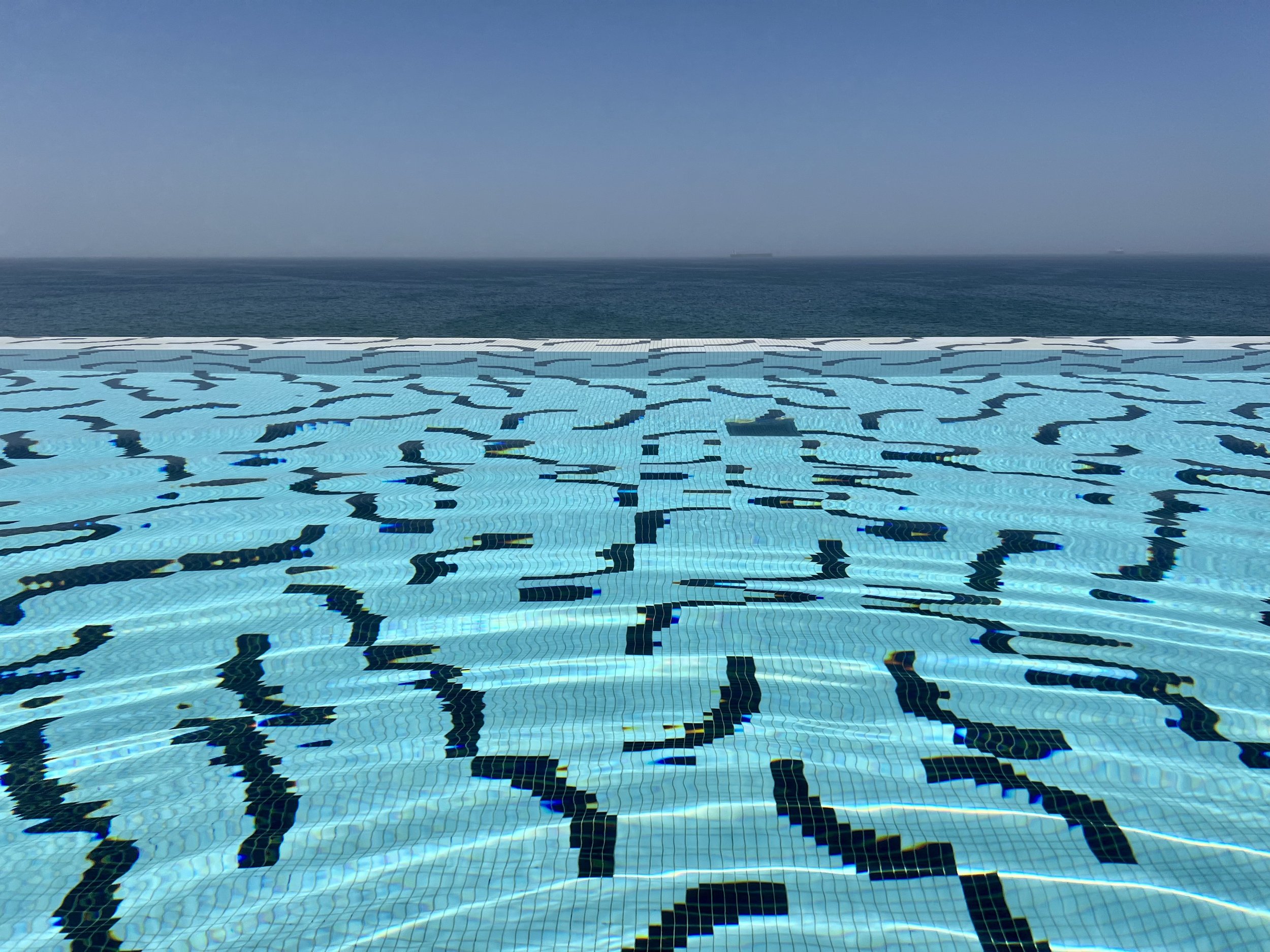Seattle is the city that has seemingly everything in a compact package: easy access to nature (hiking, kayaking, skiing - you name it, Seattle’s got it), amazing seafood and a relatively diverse international cuisine, and no state or city income tax. Its reputation of grey skies and rainy days is somewhat unfounded: annual rainfall in New York is actually higher than in Seattle. While winter days do tend to be misty, they pave the way for gloriously sunny summers, when it doesn’t get dark until after 10pm and seemingly the whole city is outdoors. Below are some of my favourite spots for eating, drinking, and enjoying life in Seattle. This is by no means an exhaustive list, and I omitted places I didn’t find to be unique or notable. It’s loosely ordered from north to south, west to east:
Restaurants & bars
Indian-Nepali Kitchen - A diverse, wide-ranging set of North Indian and Nepali done consistently well
Sophon - Relatively new Cambodian restaurant that’s still finding its footing but delivers for an underrepresented cuisine in the area
Beast and Cleaver - Butcher shop that also does burger and sandwich popups as well as a full-service restaurant in the evenings
Ray’s Cafe and Restaurant - Stunning sunset views and a solid take on local ingredients
Bongos - Caribbean cuisine in a laid-back setting with beach vacation vibes
Spice Waala - Affordable and tasty take on Indian street food
Sunset Tavern - Retro vibe with solid drinks and live music in the back
King’s Hardware - Fun local dive bar that stays open as late as Seattle does it (typically 1am)
Ballard Sunday Farmers Market - The best farmers market in Seattle, with great tents to grab a bite to eat, including Bangalore Kitchen and Vespucci Pizza
Strega Pizzeria - Run by the same folks as Vespucci Pizza, this is the best Neapolitan style pizza in Seattle
The Walrus & Carpenter - Long-standing local favourite featuring fresh local seafood that will also make a dent in your wallet
Dog Yard Bar - A fun alternative to a dog park serving beer and light bites with regular events and breed meetups
Urban Family Brewing Co - One of many Ballard breweries worth checking out, this one has a nice outdoor space and great selection of sours
Brimmer & Heeltap - $2 local oysters at happy hour and an inspired menu in a charming garden setting
Atoma - Inventive New American cuisine featuring local, seasonal ingredients
Kabul Afghan Cuisine - Traditional Afghan dishes and attentive staff
Frelard Tamales - Previously available as a takeout window, large swaths of Seattle cheered when they opened a sit-down restaurant
Kamonegi - Delicious and inspired menu focused on soba from a female noodle master
Westward - One of my favourite restaurants in Seattle, Westward particularly thrives during the summertime, when you can sample perfectly prepared seafood dishes while enjoying views of the Seattle skyline across Lake Union
Ivar’s Salmon House (several outposts) - Solid take on local chowder and fish & chips
Hey Bagel - Previously available only via monthly drops, this is the long-awaited storefront from Andrew Rubinstein, whose passion and love for bagels is evident in every bite
Mt. Bagel - Tasty runner-up to Hey Bagel
Hello Robin - Amazing cookies with inventive seasonal flavours
Din Tai Fung (several outposts) - Solid outpost for soup dumplings and noodles
Spinnaker Chocolate - High-end locally made chocolate
Fiddler’s Inn Pub & Pizza - Neighbourhood pub with a sizeable garden and beer and food offerings to match
Sushi Kappo Tamura - As a lover of great sushi, I tried just about every highly rated or recommended sushi and omakase spot in the area, and Sushi Kappo Tamura was by far the best in Seattle
Shiro’s Sushi - Delicious runner-up to SKT
How to Cook a Wolf - Mediterranean-inspired dishes in a lively neighbourhood setting
Taylor Shellfish (several locations) - Great oysters sourced from their local farms (a fun day trip!) along with fresh Dungeness crab and other seafood dishes with prices to match
Paju - Fresh and delicious takes on Korean cuisine; outstanding on every level
mbar - Go for the beautiful rooftop views, stay for the surprisingly tasty Mediterranean food
Six Seven Restaurant - Set in the Edgewater Hotel (where The Beatles famously stayed), come here for a special occasion to enjoy outstanding seafood with stunning water views
Wild Salmon Seafood Market - Located in the Fisherman’s Terminal, this is one of the best spots to get your fresh fish and seafood (and they have salmon treats for dogs, too)
Rob Roy - Great cocktails with fun seasonal themes
The Pink Door - Delicious Italian-inspired dishes with a beautiful rooftop terrace and live music most evenings; book well in advance
The Nest - Rooftop bar with stunning views at the Thompson hotel
The Goldfinch - Elegant and cozy spot in the Four Seasons showcasing local ingredients
Fran’s Chocolates - High-end chocolates worth a splurge
Elliott’s Oyster House - In a touristy area, but with one of the most extensive oyster selections anywhere and great water views, it’s hard to beat
Luke’s Lobster - Yes, they are from the East Coast, but only here will you find their crab roll made with Dungeness crab, and it’s one of the best I’ve ever had
Rojo’s Mexican Food - Vegan Mexican food? Yes, it is that good
Uwajimaya - Large Asian grocery store with wide selection; nearby are many great little eateries that would require their own list to properly write up
Ramen Danbo - The best ramen I’ve had in the U.S.
Life on Mars - Quirky bar and eatery serving unique cocktails
Unicorn - An anything goes, everyone is welcome bar with a carnival theme upstairs and a dance floor downstairs
Spinasse - Elegant spot for Northern Italian cuisine; book well in advance
Corvus and Company - Great spot for cocktails and late night bites
Agelgil Ethiopian - Perhaps the best Ethiopian restaurant in Seattle (I tried 6 or 7 different spots)
Stevie’s Famous - If you’re craving an NY slice of pizza, this is the only place in town that gets it right (I tried 10 or so different spots), but be prepared to spend roughly 2-3x NYC prices
Easy Street Records & Cafe - A fun place to browse a wide selection of vinyl and grab a bite to eat
Xochi - Amazing tacos with great flavour and heat; good place to stop after a hike en route back to town
Activities & day trips
Discovery Park at sunset
Seattle’s Space Needle, Museum of Pop Art, and Grass Blades sculpture
Kerry Park for the best views of Seattle, with Mt Rainier in the background
Golden Gardens - Gorgeous beach park with kitesurfing, kayaking, and sailing nearby
Ballard locks and Botanical Garden - A great place to watch the salmon run in the fall and see boats and ships of all sizes pass between Puget Sound and Lake Union
Magnuson Park - A beautiful park on Lake Washington, including one of the best dog parks around
Discovery Park - Seattle’s largest park, with miles of hiking trails and beautiful beachfront
Green Lake - Walk around the lake (just under 3 miles) to enjoy the beautiful scenery and people watch
Olympic Sculpture Park, with Richard Serra’s Wake as its centerpiece
Elliott Bay Book Company - Beautiful bookstore and an easy place to while away an hour or two
Lake Union and Lake Washington - One of the best ways to explore is to rent a boat (preferably with a captain to show you the sites)
Kayaking - An amazing way to explore Seattle; the Agua Verde Paddle Club is a great place to start
Museum of Pop Culture for fun insight into locals like Jimi Hendrix; don’t miss the Grass Blades sculpture nearby
Go mushroom foraging - I thoroughly enjoyed the experience with the female-founded Savor the Wild Tours
Whidbey Island - A beautiful day trip from Seattle; don’t miss Meerkerk Gardens, Price Sculpture Forest, Fort Ebey State Park, Deception Pass State Park, and the Restaurant at Captain Whidbey, among many others
Lake Quinault - An overnight trip from Seattle, Lake Quinault features miles of stunning hikes in one of the wettest places in the U.S., and you can cool off afterwards with a dip in the lake. Matt Houghton of Valley of Giants Nature Tours is the best local guide you could ask for.
Olympic National Park - My favourite of Washington’s 3 national parks. Don’t miss the Hoh River trail, Storm King, and Hurricane Hill
North Cascades National Park - The highlight for me was the Maple Pass loop trail, and don’t miss the Blue Lake trail or the Diablo Lake vista point
Mt Rainier National Park - The Sheep Lake and Sourdough Gap trail starting just outside of and finishing in the park will take you through a stunning range of scenery, and be sure to check out the views of Mt Rainier from Tipsoo Lake
Snow Lake - A day trip from Seattle, this hike will take you through some varied terrain with a rewarding dip in the crystal-clear lake
Crystal Mountain - Some of the best skiing in Washington state, just under a 2 hour drive from Seattle
Whidbey Island
Mt Rainier and Tipsoo Lake




















































